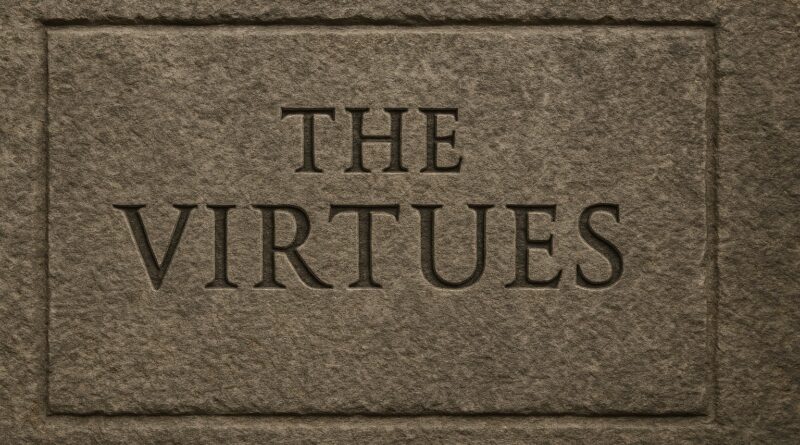Stoic Virtues: The Courage to Decide
Most of us think courage looks like pushing forward, fighting, and refusing to give in. But sometimes courage takes a quieter form. Sometimes it shows up not as effort, but as clarity, not as resistance, but as resolve.
During my mother’s final hospital stay, she listened patiently as doctors talked about rehab and recovery. After they left, she said calmly, “I’m just done.” She wasn’t asking for permission or advice. She was stating a decision shaped by a lifetime of endurance. A woman raised in scarcity. A woman who carried family responsibility without complaint. A woman who knew the difference between fear, despair, and judgment.
In this essay, I reflect on what her final decision taught me about courage. Drawing on Stoic philosophy, scripture, and lived experience, I explore courage not as bravado, but as alignment. Not as clinging, but as choosing without illusion. If you’ve ever wondered what courage really looks like when life stops negotiating, I invite you to read more.
Read more










